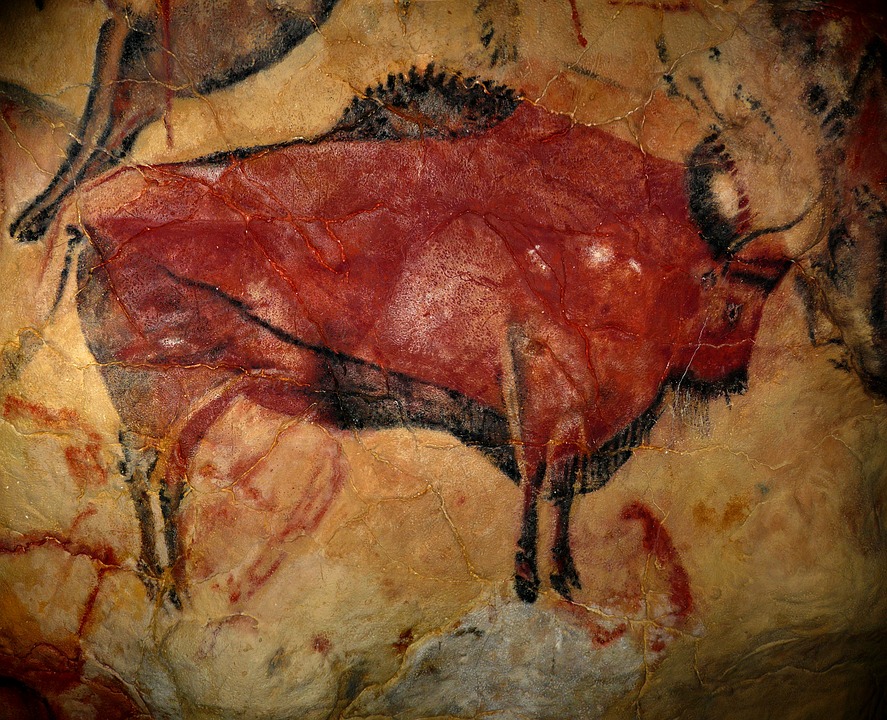Harsh Ice Age conditions may have favoured the selection of genes which allowed some humans to focus on tasks in great detail for long periods, scientists believe
Much of the world’s earliest great art is likely to have been created by gifted early humans on the autism spectrum, new research by British scientists suggests.
Archaeologists working in conjunction with autism experts have concluded that humans were able to produce the first realistic art some 33,000 years ago because ice age conditions drove the selection of particular combinations of genes.
Harsh conditions favoured the natural selection of genes which predisposed some humans to develop abilities to focus on tasks in great detail for long periods; to perceive their environments in three-dimensional terms in an enhanced way; to develop greater image retention abilities; and to develop greater aptitudes to identify and analyse patterns of geography and movement.
All of these aptitudes, often found in people on the autistic spectrum, allowed ice age humans to make more efficient flint hunting spearheads (a very time-consuming process needing intense detailed focus), to remember in minute detail (and navigate through) thousands of square miles of hunting terrain, and to remember and analyse patterns of animal behaviour.
Read more here
